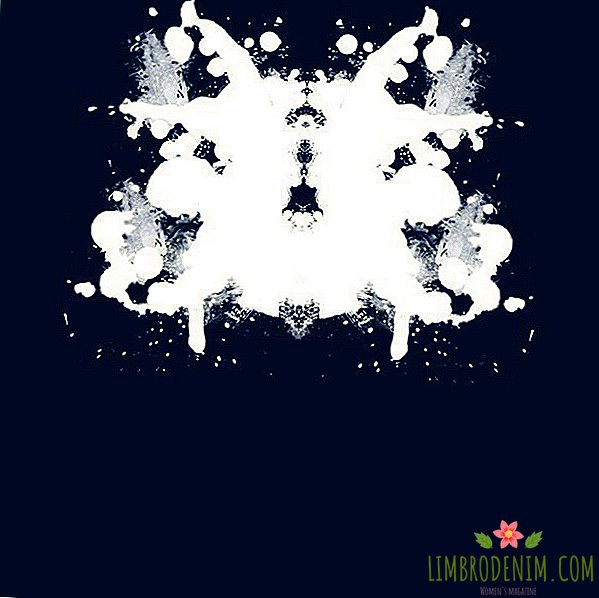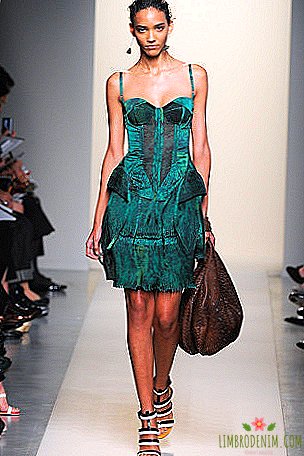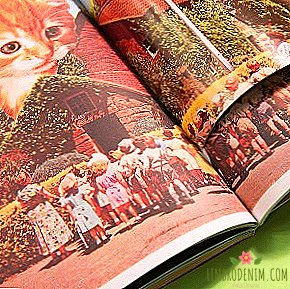Art Director Stereotactic Olya Korsun about favorite books
IN BACKGROUND "BOOK SHELF" we ask journalists, writers, scholars, curators, and anyone else not about their literary preferences and publications, which occupy an important place in their bookcase. Today, Olya Korsun, art director of Stereotactic, shares her stories about favorite books.

Like most children, my parents taught me the habit of reading. To replace books with beautiful pictures, such as "Horses that walked without galoshes" (I still keep it), for some reason my father began to buy biological collections of Brem and Fabra’s works, and I spent almost all my free time redrawing butterflies and their descriptions in a separate notebook. Over the past twenty years, little has changed, and I mostly buy either books with beautiful pictures or informative non-fiction, so in this regard I described a circle and returned to where I started.
The only length I hardly want to return to is the bookcase of my puberty, then I read monstrous literature, in which one way or another all kinds of tortures and perversions appeared. Starting with Elfriede Jelinek and ending with Ryu Murakami, who in the early 2000s became as inexplicably popular as everything Japanese in Russia. The author, who turned my world around, became, was and is the whole of Joyce, who somehow very elegantly and simply coincided with the picture of my youthful throwings and doubts.
As for my current literary preferences, they are quite simple: I read a lot of non-fiction in the field of art, anthropology and fashion. I am very much afraid of artistic novels, as they usually scare me, I begin to miss work and dream of a vacation lasting several months, so I always prudently save a lot of serious literature for a vacation, and during working hours I read one or two non-fixes -books in parallel, many of them without reading up and storing high stacks at home, on all surfaces suitable for this.

Herve Giber
"Lonely Adventures"
Giber - French photographer, handsome, Michel Foucault's lover, Isabelle Adjani's friend - and so on through the list you can list his different roles, each of which makes his biographical books only more interesting. “Lonely Adventures” is the opportunity to go on a very intimate, non-trivial vacation with Gibber while sitting at home. God knows how, but Hyber famously moved between Tangier's opium hangouts and, for example, the mirror basement of the mansion of Gina Lollobrigida, an aging and useless nobody, while writing down her impressions. This book, like all other books of Giber, was presented or brought to me by my friend, the photographer Masha Demyanova, who Giber not only adores, but also knows very well and even sometimes popularizes.
Bruce chatwin
"Utz" and other stories from the world of art "
Chatvin, like Ghiber, covered the wave of AIDS of the 90s, but before he died, he managed to travel around the whole world, to become one of the key travel writers and a man of encyclopedic knowledge. It often happens that the author’s figure fascinates me a little more than his books. So with Chatwin. For his overly voluminous novels, I prefer short articles written with a little fanatical detail. The rituals of offering sacrifices to the Vikings, the youth of Leo Tolstoy, and the history of the construction of the Villa Curzio Malaparte are equally fascinating, and it is very difficult to break away. For some reason I couldn’t find this book in Moscow bookstores, but I found it on Facebook with a pretty girl, whom she still hasn’t returned.
"Magic crystal: magic through the eyes of scientists and sorcerers"
Sporadically, I buy books on absolutely crazy topics, such as the Soviet digest on the subject of magic. Most of all I remember the article on the subject of black magic in the African tribe Azande, which considers magic to be a dark substance in the stomach of people, and wild cats living in the bush of bush are the main carriers of this terrible infection. I don’t know if I can recommend this book to anyone else besides myself, but it gave me great pleasure in my day.
Eugenio Barba
"Dictionary of theatrical anthropology. The secret art of the performer"
This book was brought to me by a friend, Ivan. In addition to the amazing illustrative part, it is also filled with complex, subject only to professionals, descriptions of the metaphysical concepts of theatrical language, bearing names like “equilibrium lux”. Having omitted the part with the texts, it can be said for sure that such a dictionary will become an indispensable assistant of any person working with the body and plastic in the frame or on the stage.
August Strindberg
"Red Room"
At one time, I borrowed this book from a young man for reading on vacation, which, of course, was a fatal mistake. The mood of the northern madness took hold of me for the whole vacation, meanwhile spent in Africa. Known for his misogyny, Strindberg wrote a preface to this book, in which he immediately apologized for everything written and asked him to understand the feelings of a humiliated and offended husband. The first part of the book is devoted to the hungry and homeless years of the youth of the writer, dragging from tavern to tavern in search of earnings, food or booze at someone else's expense. While in the second part, he is already a respected and well-known author in Stockholm, experiencing adultery, in a frenzy running through the predawn Swedish forests or trying to drown in the icy waters of the northern sea.
"From here to there: Alec Soth's America"
I learned about Soth when he came to a lecture at the old Garage building six years ago. And then, seeing his album in the Parisian book, which was managed by an imposing grandfather, went bankrupt and bought this collector's edition, in which, in addition to my favorite series about American hermits, there was a small and very touching brochure on the inside cover called The Loneliest Man in Missouri ". And in general, the whole book, in which pleasant text blocks about travel and people are inserted between photos, for some reason reminds me of a school questionnaire with hidden pages and surprises.
"Garmento Issue 3"
Nontrivial fashion magazine, where stories about forgotten fashion idols side by side with extremely sincere essays about someone's grandmother, who has sewed and loved to dress up all her life. After studying in London, I had an overdose of theoretical literature on fashion, but the need to read and think about clothes did not disappear, so I occasionally buy fashion magazines, where there is more text than pictures.
Paola Volkova
"Bridge over the abyss. Book one"
In the introduction to the book Volkov honestly admits that it is easier to listen to her lectures than to read. And generally, it is true. Volkova's reflections are complex multi-stage constructions, which are quite difficult to read in writing for more than ten minutes. Nevertheless, the volume of neymdropping and non-trivial views on seemingly clear milestones of the history of art in Volkova’s books will not leave anyone indifferent and can probably become a good alternative to boring encyclopedias of art, in which there is no place for improvisation and racing from Stonehenge to Shakespeare within one paragraph .
Paul Cronin
"Meet - Werner Herzog"
My desk book, the book is a friend and the book is a teacher. An invaluable opportunity to spend time in the company of one of the coolest directors of modern times, whose stories are a hundred times more interesting than any artistic novels. To be honest, after reading this book for the first time, I even thought about getting a tattoo with the word "Herzog", but, thank God, I was discouraged. Since then, I just periodically re-read it in order to come to my senses and remember what a person says and wants to be like.
author unknown
"Pacific: Easter Island"
The book, found in the free breaks of the yard of the bookshop "Khodasevich". One of the many Soviet travel books in my collection, the beginning of which was laid by Masha Kuvshinova, who presented me with four or five books, which her neighbors on the porch threw out. In Soviet travel books, I appreciate indestructible romanticism, detail, and, of course, illustrations. In this book, for example, there is an inset from a series of photographs of stone idols and idols of Oceania, which I often sneak peek at, simply because it is beautiful.




